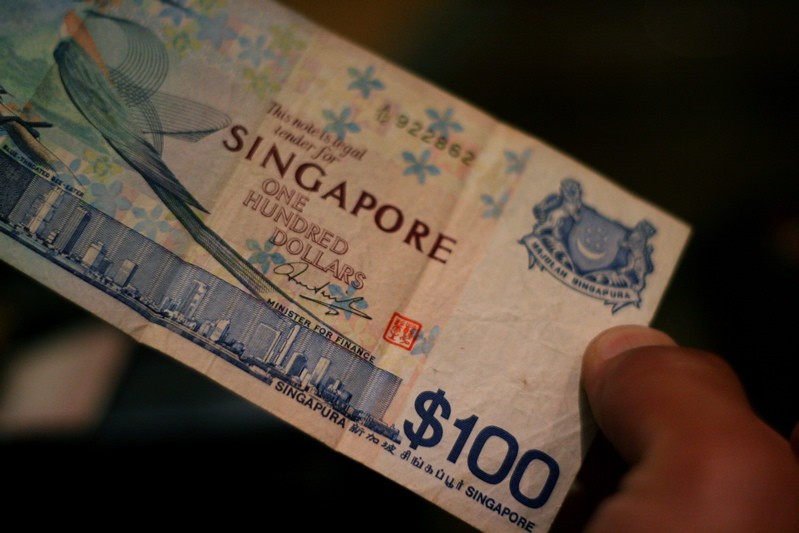The Singapore dollar (SGD) is the official currency of Singapore, and is widely used throughout the country. In this article, we will take a look at the history of the Singapore dollar, its development as a currency, and its prospects for the future.
History
The Singapore dollar was first introduced in 1967, replacing the Malaysian dollar after Singapore gained independence from Malaysia. The currency was pegged to the British pound at a rate of 8.57 SGD to one pound until 1973, when it was pegged to the US dollar instead. In 1985, the SGD was allowed to float freely against other currencies, and has been allowed to do so ever since.
Currency Development
Over the years, the Singapore government has taken steps to strengthen the SGD and promote its use as a stable and reliable currency. For example, the Monetary Authority of Singapore (MAS) is responsible for managing the SGD’s exchange rate, and has a policy of allowing for gradual appreciation of the currency to help combat inflation. The MAS also maintains a large foreign currency reserve, which helps to provide a buffer against external economic shocks.
Another key factor in the development of the SGD has been Singapore’s status as a financial hub. The country is home to numerous international banks and financial institutions, and has a highly developed financial services sector. This has helped to increase demand for the SGD, and has also helped to establish it as a major currency for international trade and investment.
Prospects
Looking ahead, the prospects for the SGD remain positive. Singapore’s economy is expected to continue growing in the coming years, which should help to support the currency’s strength. The MAS has also signaled that it will continue its policy of gradual appreciation, which should help to keep inflation under control and maintain confidence in the SGD.
In addition, Singapore’s status as a financial hub and center for international trade should continue to support demand for the SGD. As more businesses and investors look to expand into Asia, the SGD is likely to become an increasingly important currency for global transactions.
Conclusion
In conclusion, the Singapore dollar has come a long way since its introduction in 1967. Through careful management and development, the currency has become a stable and reliable option for businesses and individuals in Singapore and around the world. With continued economic growth and a supportive policy environment, the SGD looks set to remain a major player in the global currency landscape for years to come. You may also be interested in The Birth of a Nation: The Story of Singapore’s Independence in 1965.










